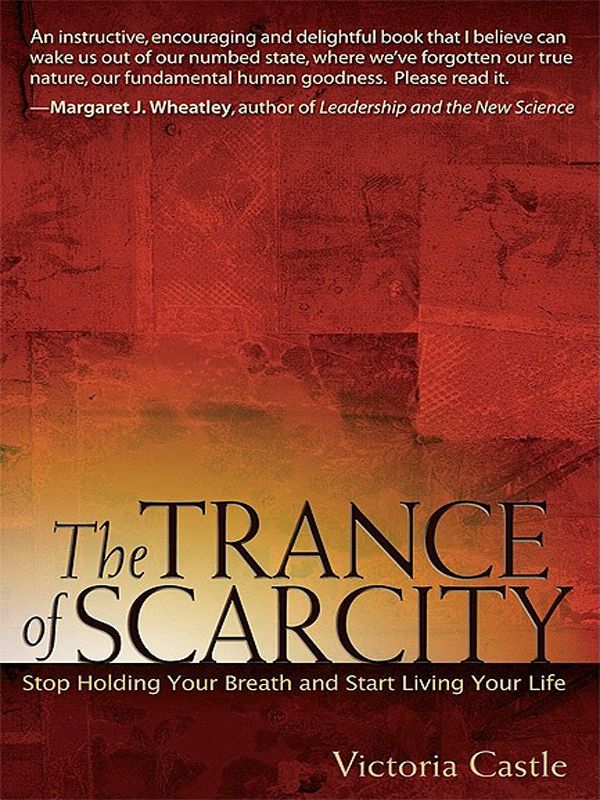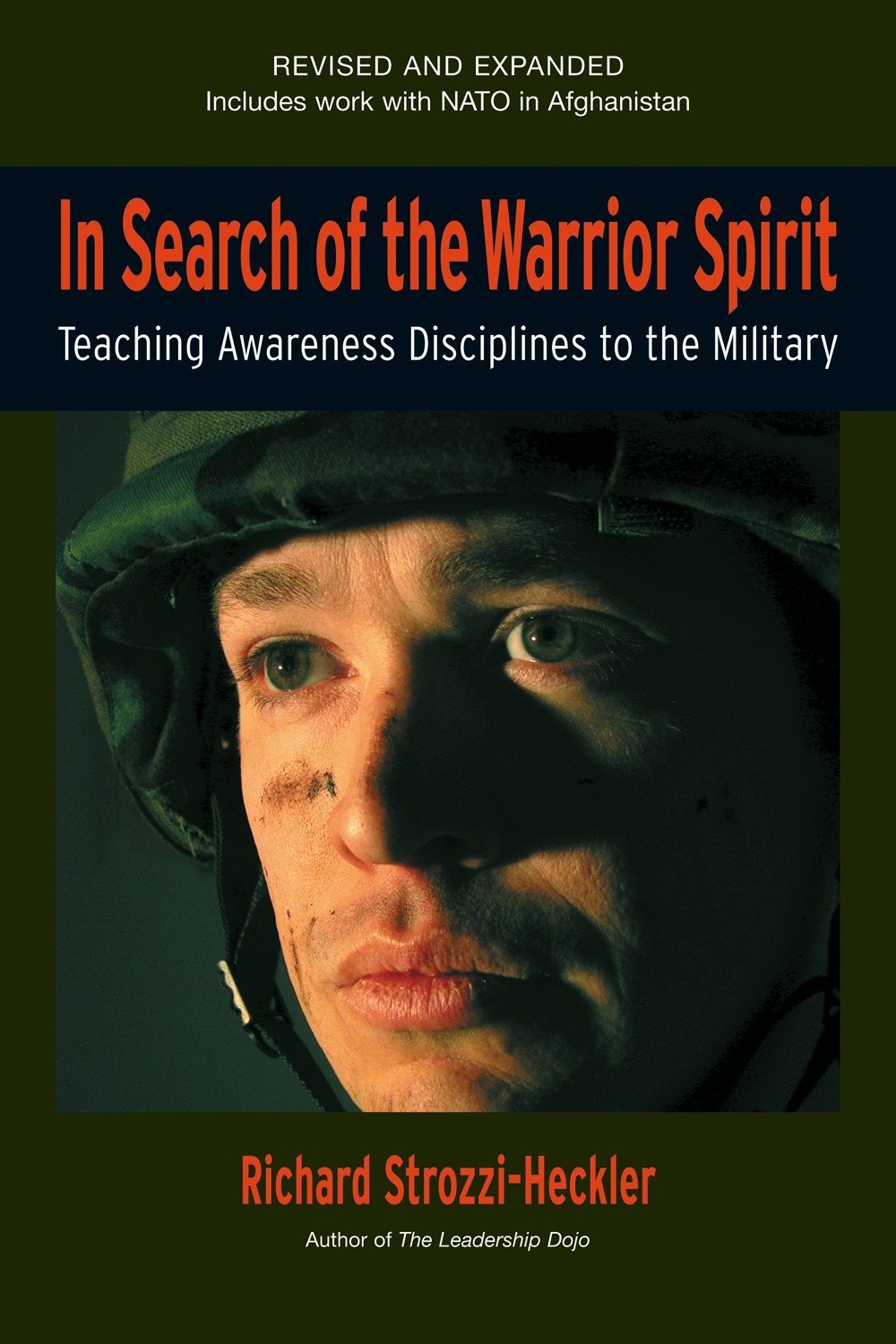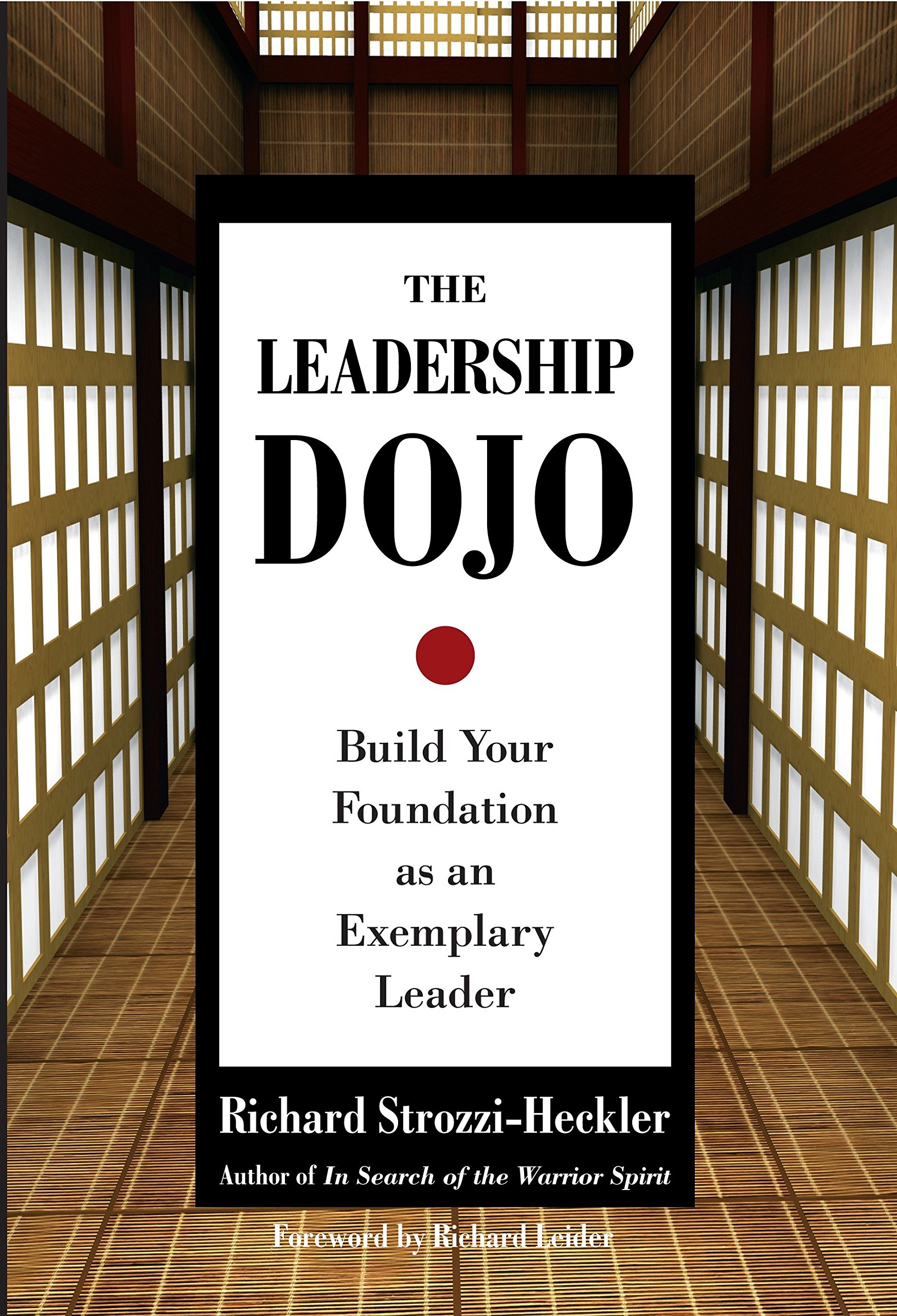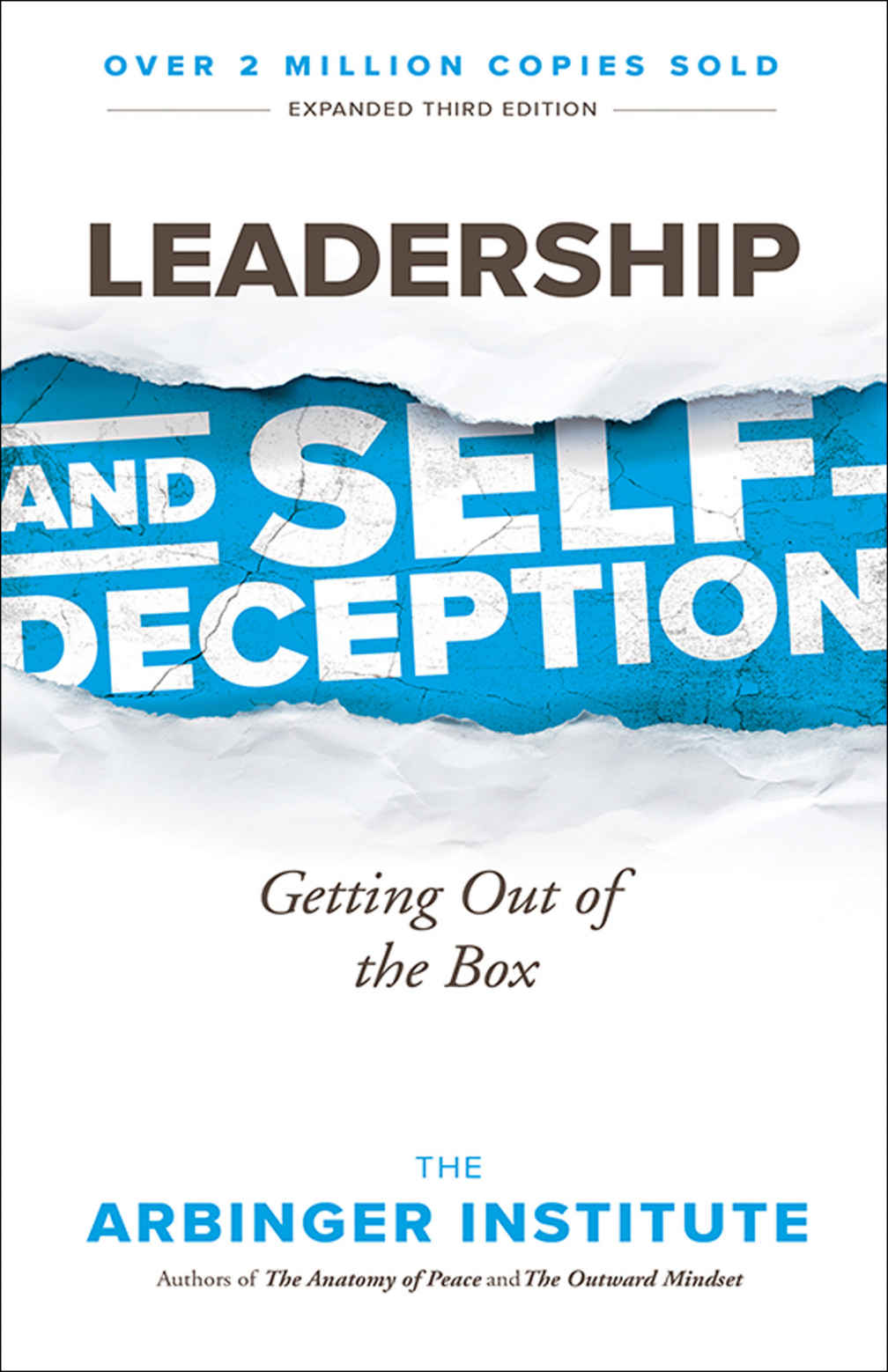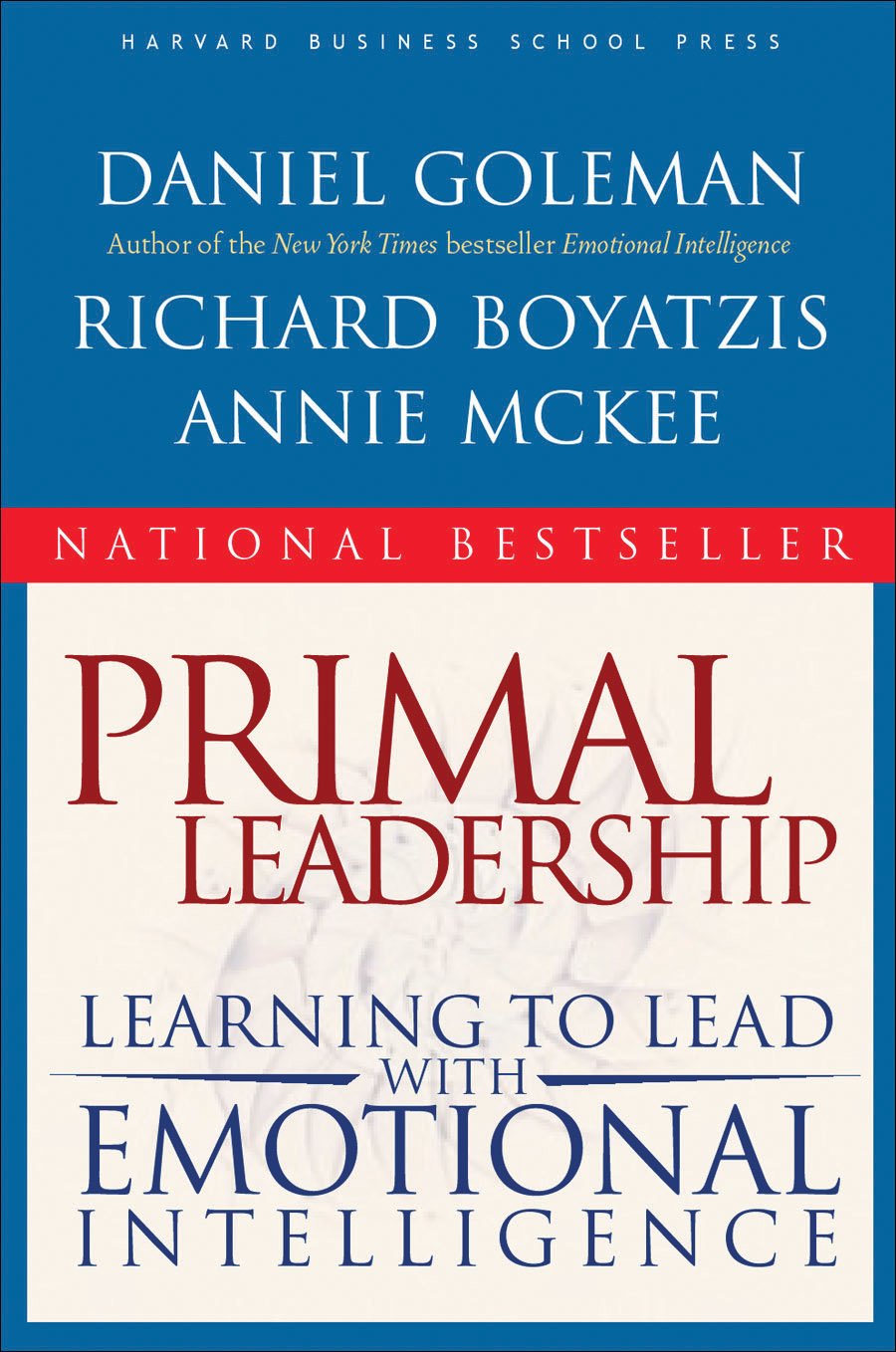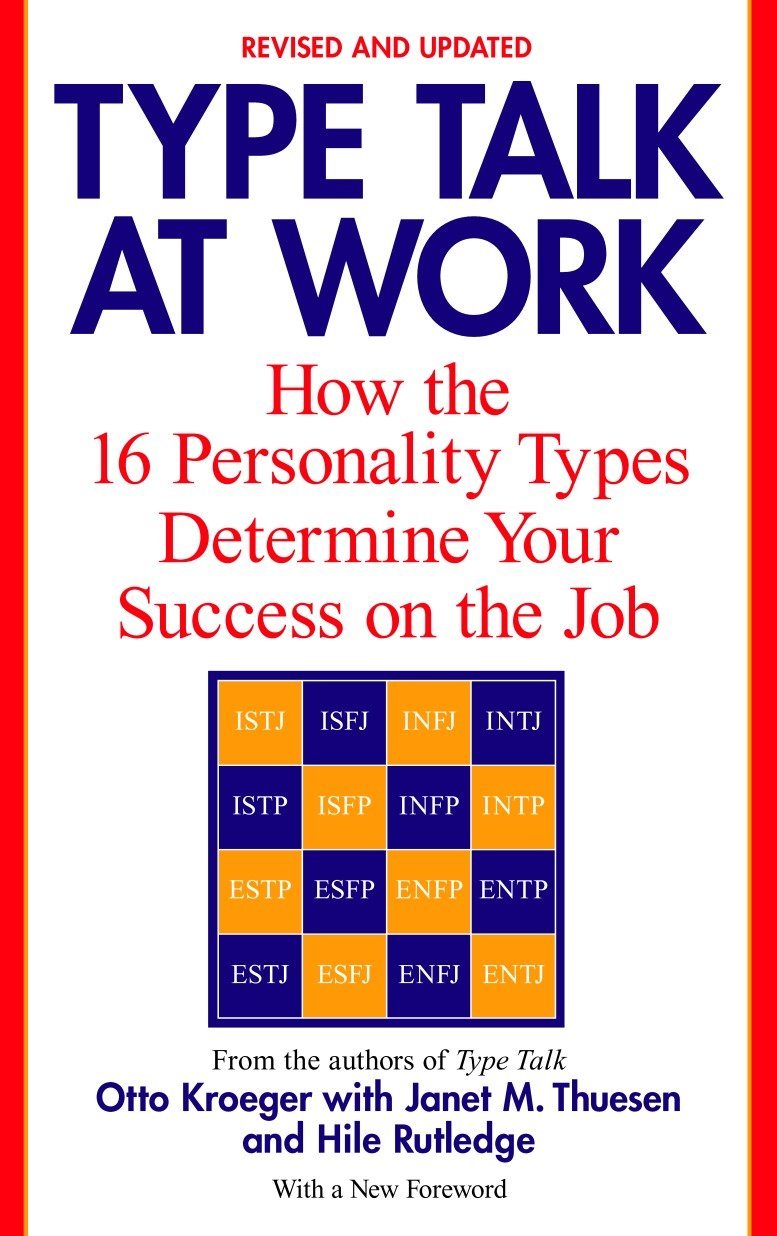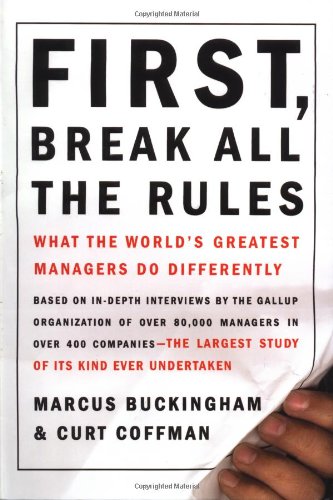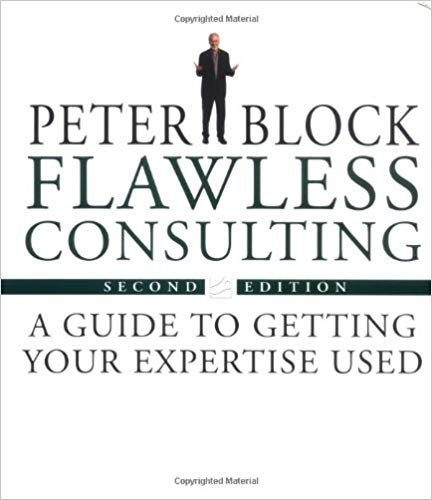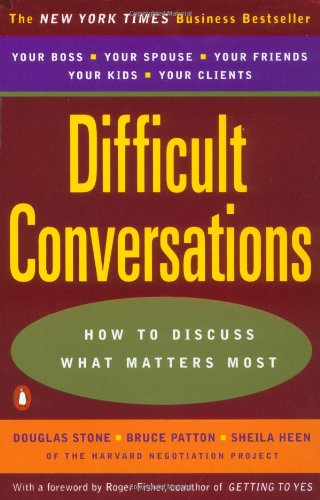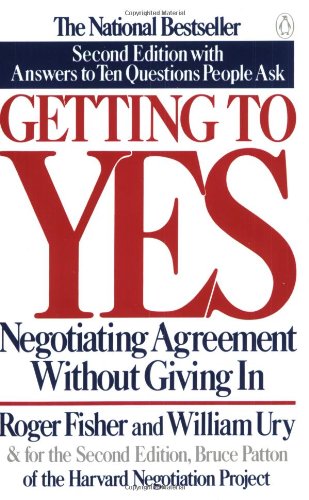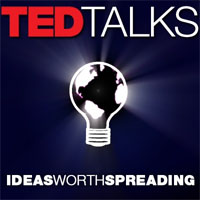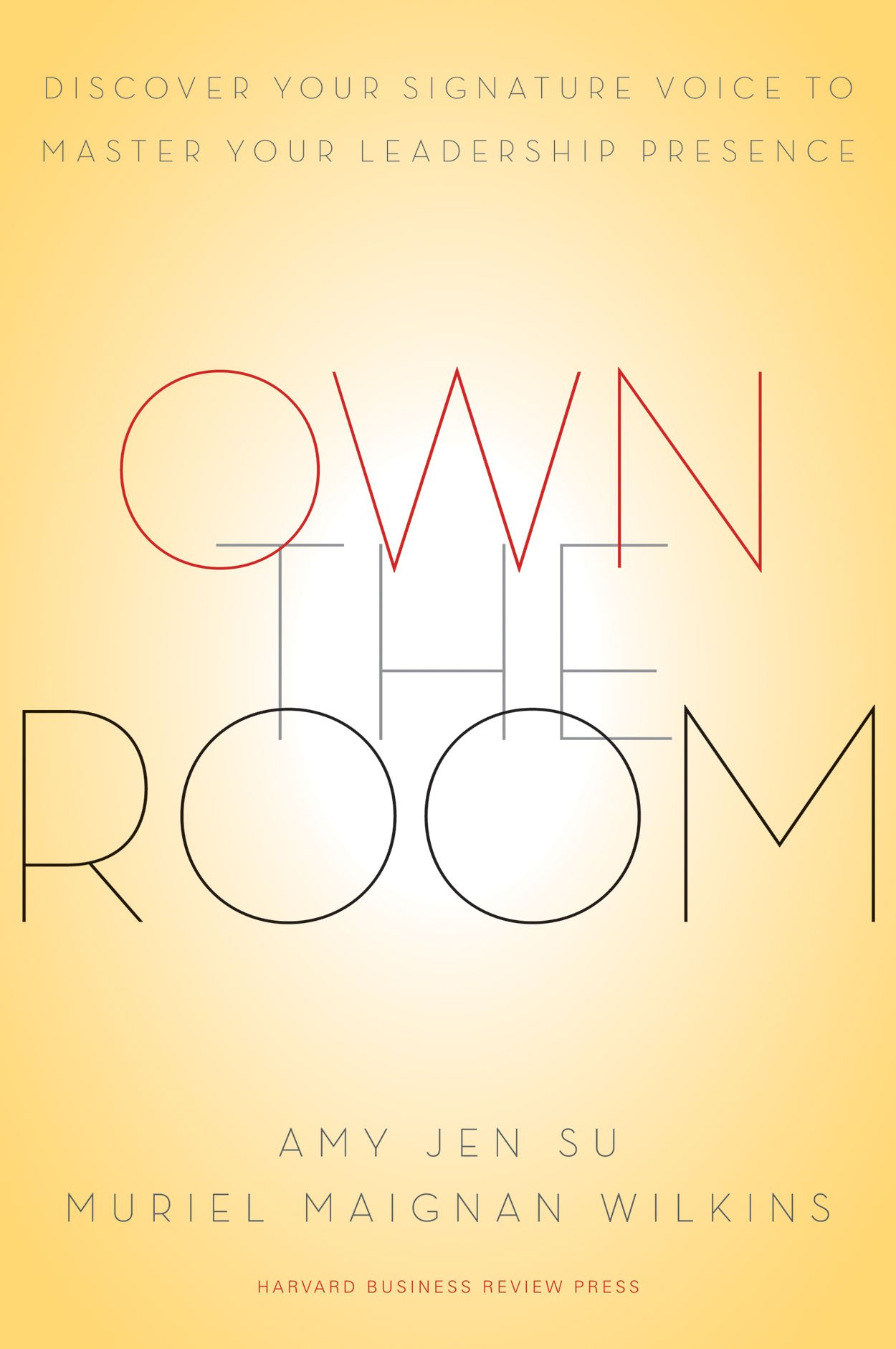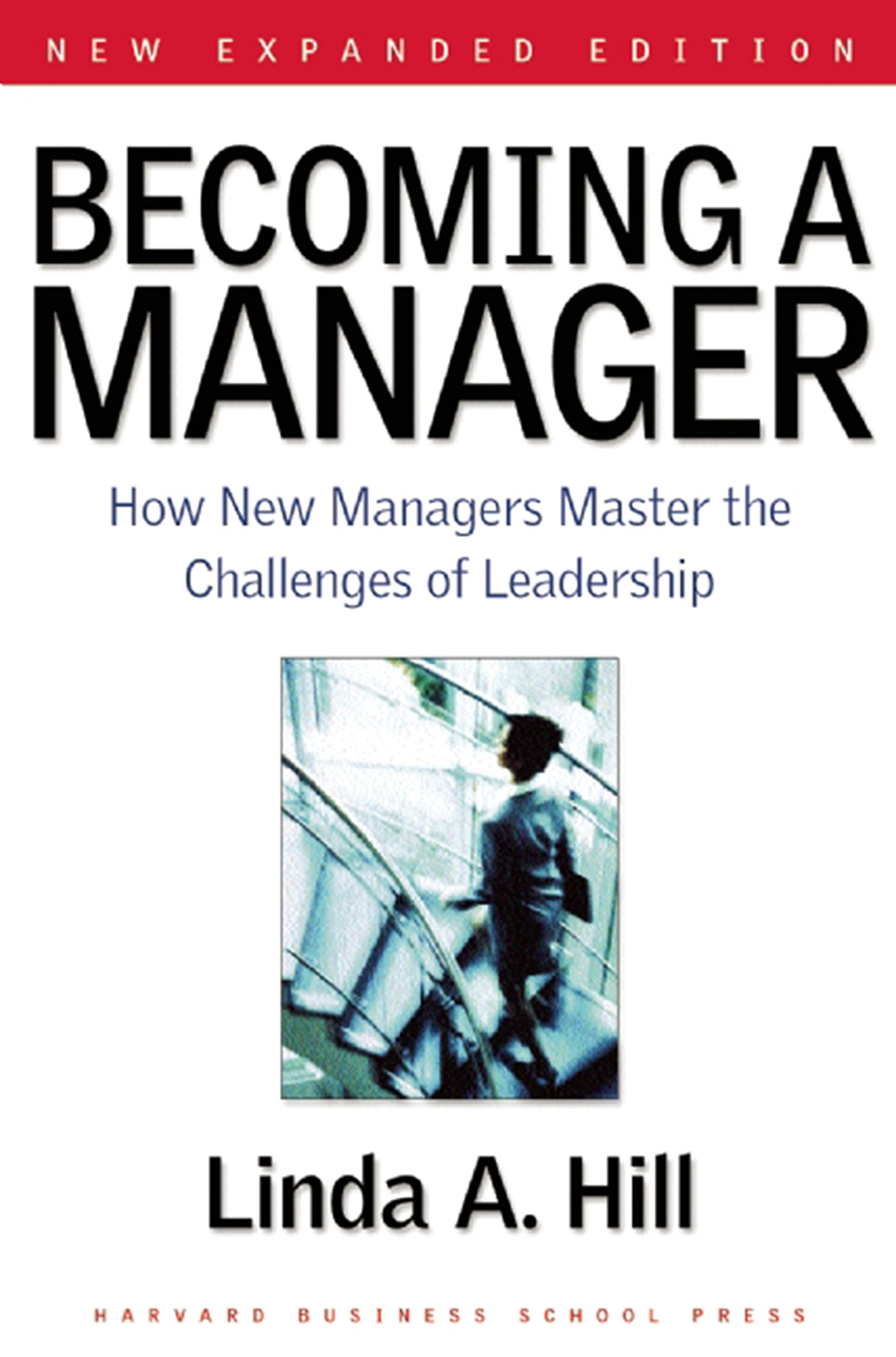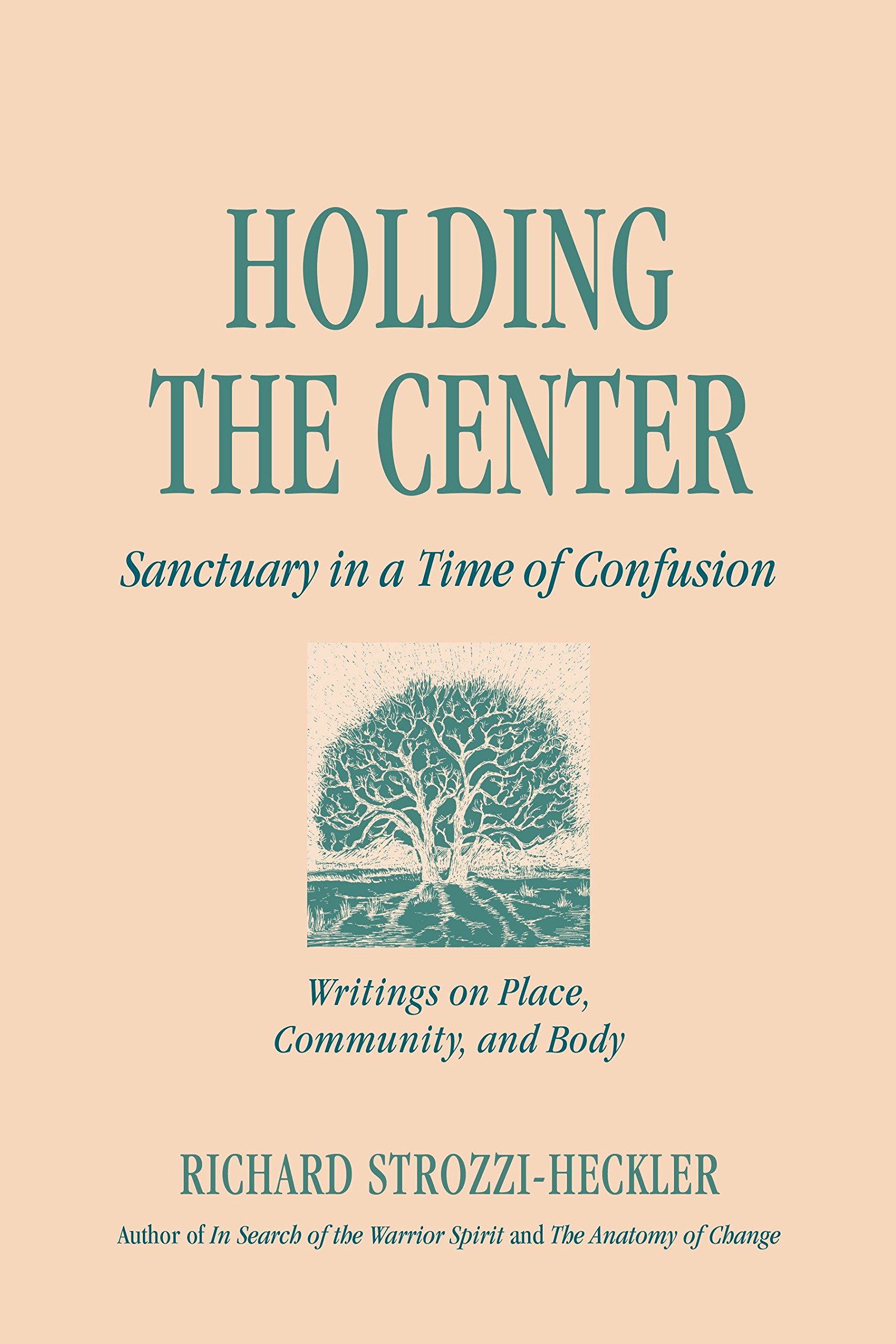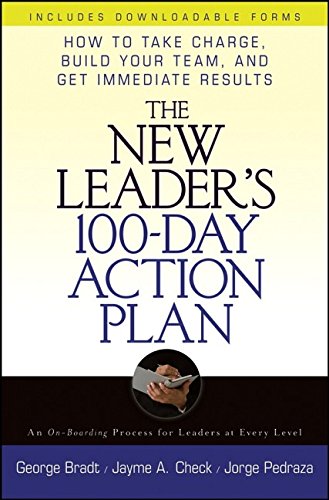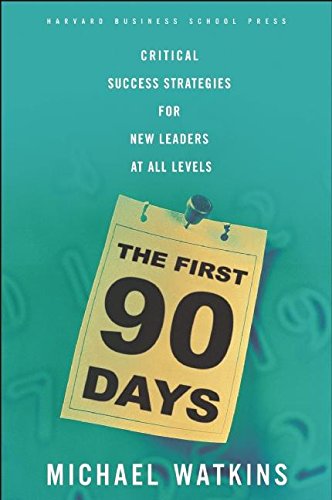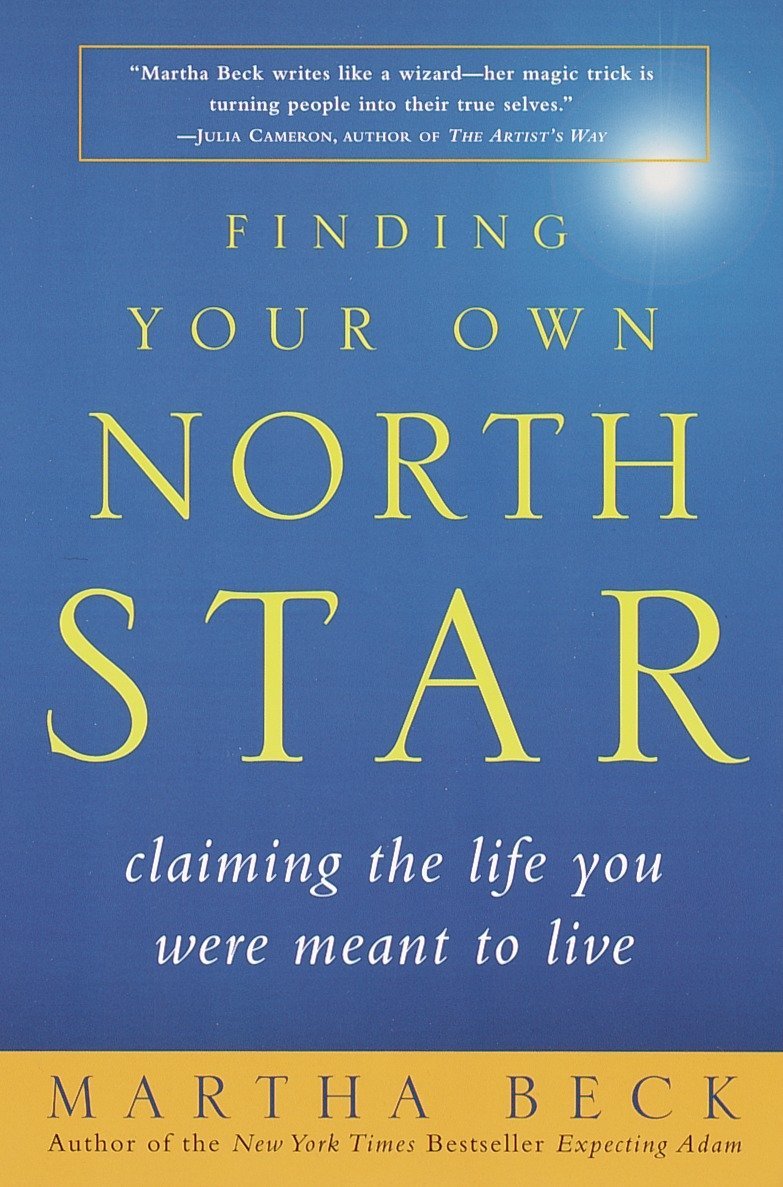Looking for a good read?
The management and leadership resources below speak to many of the challenges our clients face. They cover topics including:
- Managing Yourself
- Managing and leading others
- Being present and powerful
- Managing transitions
- Finding fulfilling work
Some are resources the Diamond Insight team has read or seen and personally recommends. Other resources were recommended by colleagues and are on our reading lists. Enjoy!
Managing Yourself
-
When we are rooted in the fear that there is never enough, we act in ways that close off possibilities, and trap ourselves in limiting ‘old stories.’ Change requires new stories to emerge, new ways of looking at the world, and new behaviors. But how can people shift so we can be open, confident, take risks and move forward? This book gives practical exercises to ‘awaken from this trance.’
-
A fascinating account written by Dr. Strozzi-Heckler about his and his colleagues’ effort to train Green Berets in Eastern awareness disciplines, including martial arts, meditation and mind-body-spirit integration. He updates this book regularly so we see how these soldiers evolve as leaders and people over time.
-
The Leadership Dojo places a lot of emphasis on integrity—and on listening to what our body is telling us—as the most effective guides for making choices. Grounded in martial arts and meditation traditions, this book focuses on how to develop true leadership presence “from the inside out.” Its focus is on the whole self, not just cognitive abilities. The book also provides guidance on how to stay grounded and centered when triggered by challenging situations, people, and events. I have been taking classes from the Strozzi Institute (founded by the author) since 2006 and am certified in their methods. They do fabulous work.
-
Told in parable format, this book looks at the ways we often mask our motivations and complicate how we relate to each other, both personally and professionally—and how to connect in ways that build relationships and truly respect people. It’s an unfortunate title (no one likes to think they deceive themselves), but the underlying and truthful message is that we all have our blind spots.
-
For anyone who has read Emotional Intelligence: Why It Can Matter More Than IQ (by Daniel Goleman), this book takes the topic one step further to explore different leadership styles.
Managing and Leading Others
-
If you have taken the Myers-Briggs Type Indicator (MBTI), consider this a primer on how to use the assessment to enhance your work and personal relationships with others across type. It can provide insight into dynamics that just ‘get to you,’ and understanding of how you might be getting to others as well! And with insight, you have greater options for developing relationships, diffusing tensions, and leveraging each other’s strengths.
-
I refer to this book all the time as I coach and train people on managing people. One of the most intriguing concepts: stop spending the bulk of your time working with your lowest performers. They are not where you get the greatest leverage in your organization.
-
This is one of my favorite books on consulting. Block discusses different types of consulting, the consulting process, and how to establish a collaborative relationship with clients. I recommend this to anyone new to consulting, veterans in the field, and people in line positions who are working with any type of customer—in other words, to almost anyone in a customer-facing line of work.
-
This book also comes from the Harvard Negotiation Project. It provides a really useful framework for getting past discomfort—and having those difficult, yet important conversations anyway.
-
In this Harvard Business Review podcast, Professor Amy Edmondson discusses her fascinating research about psychological safety and performance. In her original study in the 1990s of hospital teams, she found that more cohesive teams reported more mistakes. Her counterintuitive finding led to her theory that teams that felt safe actually reported more mistakes but performed better overall. In this January 2019 podcast, Prof. Edmonson discusses real-world examples of organizations that both have created that safety (Pixar, Google) and have not (Wells Fargo). She mines these examples to share what leaders can do to “set the stage,” talk with their teams, set the right incentives, and stay on track. She also is clear that this does not mean leaders should tolerate poor performance; rather that “regulating . . . through fear” creates more problems than it solves.
Being Present and Powerful
-
This book, first published in 1981, is from the Harvard Negotiation Project. It lays out a framework for negotiating that requires us to think and prepare—but also focuses on building relationships with others. I find it useful both personally and professionally, for a broad range of conflicts, and even just how to set boundaries and say “No.”
-
This TedTalk from 2012 is one of the most popular the site has had. Professor Amy Cuddy, a social psychologist, explains how “power poses” affect performance. Her research shows that how people hold themselves—literally their physical stance—impacts how much risk they take, how willing they are to engage with others, their presence. By sharing this research, I do not mean to imply there is no intellectual component to performing well in high-stress situations. We do need to prepare what we say. However, prepping what you say is not enough. Prepping how you say it, including your physical presence, is critical.
-
Full disclosure – I am friends and colleagues with the authors. However, I fully endorse this book because it is a great way to look at how to show up with presence and confidence, and still connect to others. If you have been told that at times that you’re a bull in the china shop; or you know you are very accommodating in certain situations; or perhaps there are times you are not showing up at all – this book is for you. Practical, useful, and with plenty of examples that help you act on what you learn.
Managing Transitions
-
Hill follows 19 people as they transform from “individual contributors” to “managers.” Because the book is written in story form, it’s easier to see yourself in it and get a sense for how real people have made the difficult transition to management.
-
Richard Strozzi Heckler takes the practices of aikido and applies them to leadership—the true mind/body/spirit integration. He has worked extensively with military, government and private sector leaders on embodying leadership. Holding the Center is a collection of essays on somatics, with a depth that is beyond a description of (superficial) body language. Its essays illustrate the difference between instinct and choice, and describe how our bodies are a reflection of our pasts, hold our memories and shape our realities. If you’ve ever seen someone who is depressed, you’ll see how his shape holds that depression; can you imagine that person shifting his mood without shifting his body? Can you envision what that means for us as we change our trajectories in our lives and as leaders?
-
This book is a great complement to The First 90 Days reviewed above. It includes what to do before you start the job, and provides in-depth checklists for each step.
-
This is a useful book for those transitioning to a new role within the same organization, or for those who are acclimating to a new organization. Given the challenges for ‘onboarding,’ it is critical to take a step back to reflect and plan how to launch in your role and what your goals are in the first 90 days. The book has useful exercises and checklists—none of which are revolutionary but all are things we can forget in the rush and chaos of a new role/organization. It also provides a useful model for diagnosing an organization’s situation, so you can match your strategy to their needs.
-
This HBR article articulates how people, with the best of intentions, can keep projects going that actually dilute focus and are no longer priorities. A great complement to Bridges’ book on Managing Transitions (also reviewed here), this article describes how leaders can guide their teams to evaluate and consciously decide what to continue investing their limited time and funding into, and what should respectively stop given current needs.
-
This is one of the best books I have read about what people go through as they transition and change. Bridges writes it for business managers trying to manage change for their teams or organizations, but the same principles apply for anyone going through any change—personal or professional.
Finding Fulfilling Work
-
Recommended by a friend of mine, and based on a poem of the same title.
-
A guide that requires deep reflection and provides exercises for you to explore your mission in life.
-
This book takes a look at other people and their paths to help you uncover your passions. Not your typical “self-help” book, it does not give a path to figuring out your North Star—but walks through those who are finding theirs.
-
A guide that provides a structure set of questions about you—when you were most engaged, what was the environment, the culture, your task, your accomplishments. Getting your own story down on paper helps you identify your next job/career, as well as to prepare you to tap your network and interview.


